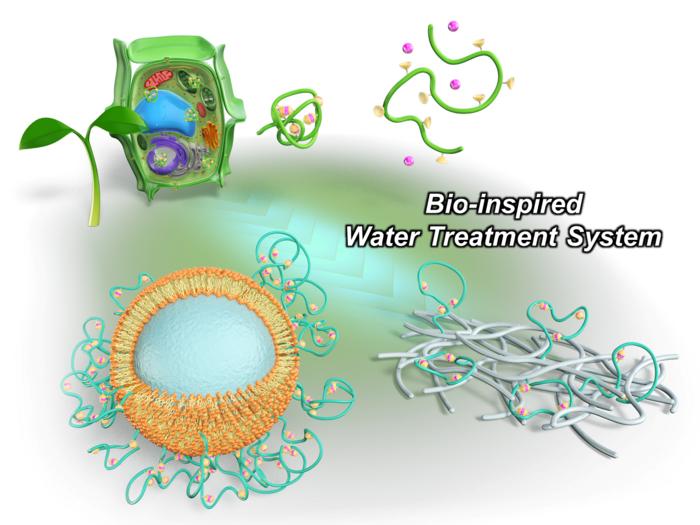A new polymer inspired by plant proteins could transform water purification efforts, offering a highly selective method for removing toxic heavy metals. Researchers from the HeKKSaGOn Alliance have developed a groundbreaking approach that mimics nature’s own detoxification processes.
Biomimicry Leads to Breakthrough in Water Treatment
Clean water is essential for human health, but growing populations and industrial pollution make this basic need increasingly difficult to meet. Current water treatment methods, while effective for large volumes, often lack specificity. They remove both harmful and beneficial ions indiscriminately, reducing overall efficiency.
Enter phytochelatin, a protein found in plants that specifically targets and neutralizes heavy metal ions. This natural compound sparked an idea for researchers from Kyoto University, Osaka University, and Heidelberg University.
The team identified two key components in phytochelatin – carboxylate and thiolate groups – and used them to create a synthetic polymer. This polymer was then attached to silica beads and cellulose membranes, concentrating its power into an ultra-small volume.
Outperforming Nature: Synthetic Polymer Shows Promising Results
In tests, the new polymer system removed cadmium ions from water samples with remarkable efficiency. Within just one hour, it reduced cadmium levels to those approved for drinking water. The polymer also showed high specificity, targeting toxic heavy metals while leaving essential minerals like magnesium and calcium untouched.
Lead author Masaki Nakahata from Osaka University explained, “By confining the polymer to an ultra-small volume and creating a flow-through system, we dramatically increased its loading capacity.”
The research team’s excitement was palpable. Motomu Tanaka, a senior author with dual appointments at Heidelberg University and Kyoto University, stated, “We were excited to see that our plant-inspired polymer manages to even surpass what plant proteins can do.”
This synthetic polymer isn’t limited to cadmium removal. Early results suggest it could be equally effective in capturing other toxic heavy metals, such as mercury.
Why it matters: This innovative approach to water purification could have far-reaching implications for public health and environmental protection. By selectively removing toxic heavy metals while preserving beneficial minerals, the technology offers a more efficient and potentially more cost-effective solution for water treatment facilities worldwide.
The study, published in Nature Communications, opens new avenues for biomimetic approaches in environmental remediation. As water scarcity and pollution continue to pose global challenges, innovations like this plant-inspired polymer offer hope for a cleaner, healthier future.
If our reporting has informed or inspired you, please consider making a donation. Every contribution, no matter the size, empowers us to continue delivering accurate, engaging, and trustworthy science and medical news. Independent journalism requires time, effort, and resources—your support ensures we can keep uncovering the stories that matter most to you.
Join us in making knowledge accessible and impactful. Thank you for standing with us!

